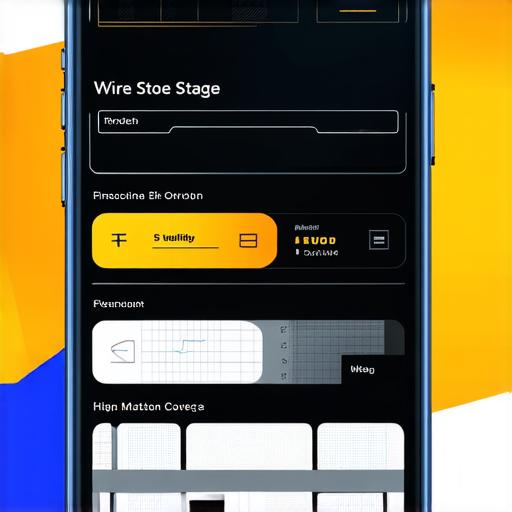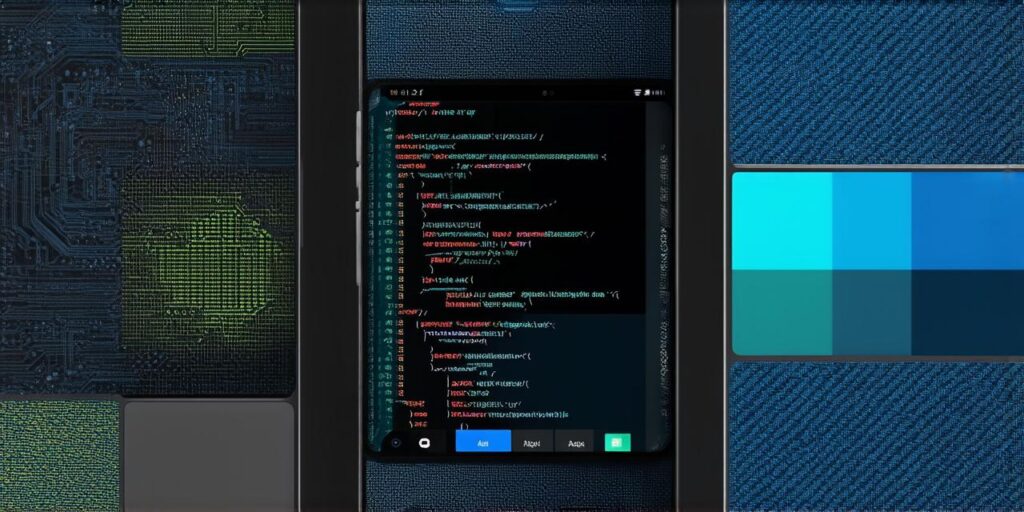Wireframing is a critical stage in app development where designers create a rough sketch of how the final product will look like. It helps developers understand the layout and functionality of the app, allowing them to identify any potential issues before they become more complicated and time-consuming to fix.
What is Wireframing?
Wireframing is a technique used in designing user interfaces for digital products such as websites, web applications, and mobile apps. It involves creating a visual representation of the app’s structure, layout, and basic functionality using simple graphics and text. The goal of wireframing is to create a low-fidelity prototype that can be easily modified and iterated upon throughout the development process.
Why is Wireframing Important?
Wireframing is important because it allows designers and developers to:
- Get a clear understanding of the app’s layout, structure, and functionality
- Identify any potential issues or problems early in the development process
- Create a prototype that can be easily modified and iterated upon throughout the development process
- Communicate the app’s design and functionality clearly to stakeholders and team members
What is True Regarding Wireframing?
There are several things that are true regarding the wireframing stage of mobile app development:
- Wireframes should be simple and easy to understand.
Wireframes should be simple, clean, and easy to understand. They should not contain any unnecessary details or elements that could confuse or distract the viewer. Instead, they should focus on the core layout and functionality of the app.2. Wireframes should be iterated upon throughout the development process.

Wireframes are not a one-time task. They should be reviewed, refined, and updated throughout the development process as new information becomes available and as the design evolves. This allows designers and developers to catch any potential issues early in the process and make necessary changes before they become more complicated and time-consuming to fix.3. Wireframes are not the final product.
Wireframes are a rough sketch of how the app will look like, but they are not the final product. They should be used as a guide throughout the development process, but designers and developers should not stop iterating upon them until the final product is complete.
4. Wireframes should be tested with users.
Wireframes should be tested with users to ensure that they understand the app’s layout and functionality. This can be done through user testing or other forms of feedback.
Conclusion:
In conclusion, wireframing is an essential stage in mobile app development that allows designers and developers to create a low-fidelity prototype of the app’s structure, layout, and basic functionality. Wireframes should be simple, iterated upon throughout the development process, not the final product, and tested with users to ensure that they understand the app’s design and functionality. By following these principles, designers and developers can create a successful mobile app that meets the needs of their users.
- Wireframes should be simple and easy to understand.



